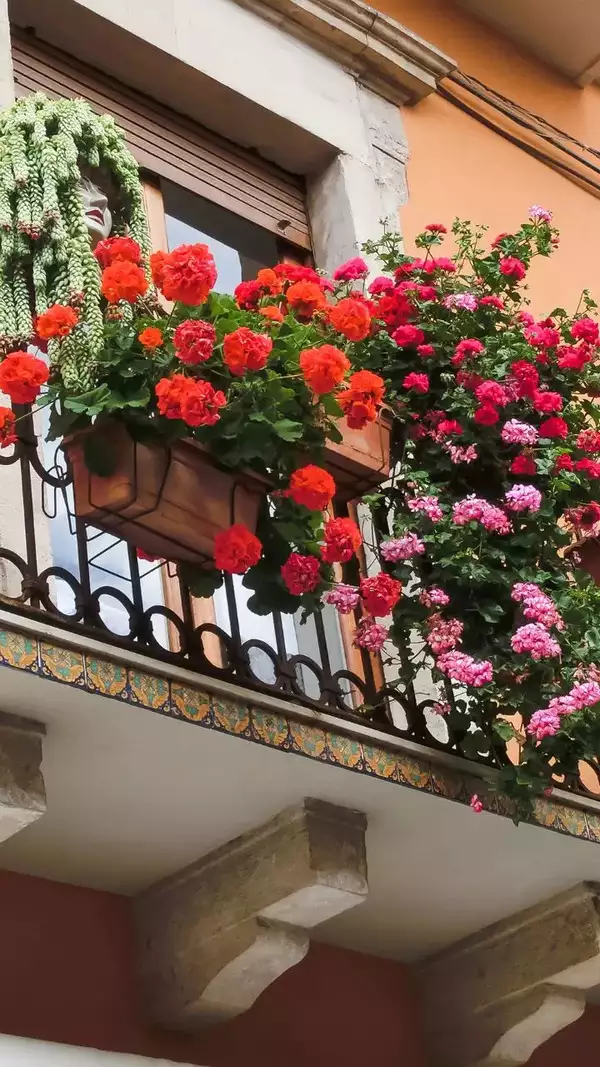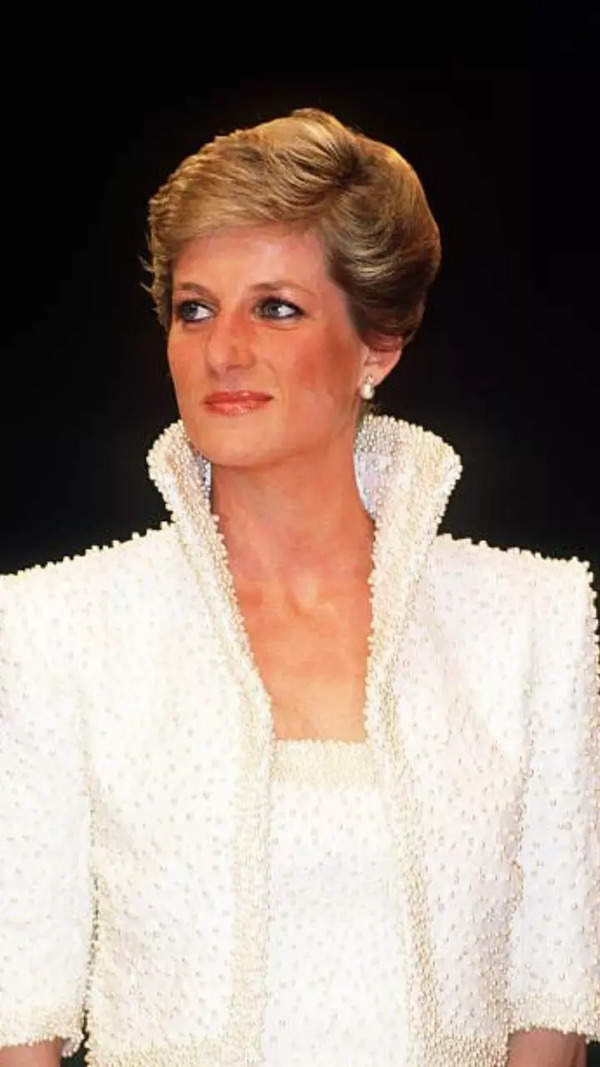Trending
Did you know Mughal emperor Shah Jahan's wife Mumtaz Mahal was the inspiration behind world's second most-selling perfume?
A perfume inspired by Mughal Emperor Shah Jahan's love for Mumtaz Mahal, debuted in 1921. Housed in a stunning Baccarat bottle, this iconic fragrance has become a timeless symbol of sophistication, selling 108 bottles per hour globally.
In 1921, famous perfumer Jacques Guerlain unveiled a fragrance that would become one of the most iconic in the world of perfumery, Shalimar. Encased in a stunning Baccarat crystal bottle, this intoxicating scent captivated France during the Roaring Twenties, feeding a growing fascination with the mystique of the East. Today, it remains a cornerstone of the brand Guerlain’s legacy, selling 108 bottles every hour across the globe and is only second to its best-selling fragrance after La Petite Robe Noire.
A love story in a bottle

As the jazz age thrived and Paris embraced all things exotic, Jacques Guerlain sought to capture the essence of this new era. He began experimenting by adding ethylvanillin, a synthetic vanilla compound, to Jicky, one of Guerlain’s existing perfumes. The result was a rich, heady blend infused with deep oriental notes. To complete the composition, he introduced opulent ingredients: velvety vanilla, sensual sandalwood, resinous benzoin, iris, patchouli, incense, and tonka bean. The outcome was something extraordinary, Shalimar, an audaciously sensual fragrance unlike anything before it.
A bottle as iconic as the scent

The bottle’s design was so exceptional that it won the International Decorative Arts Exhibition Award in Paris in 1925.
A fragrance that stands the test of time

Even today, Shalimar continues to evolve. In 2011, Guerlain’s master perfumer Thierry Wasser introduced Shalimar Parfum Initial, a modern interpretation that softened the fragrance’s more intense notes while retaining its legendary spirit.
Through decades of reinvention, Shalimar remains more than just a perfume, it’s a legacy of love, art, and timeless seduction. Have you tried the ever-so-popular perfume yet?
- Who was Mumtaz Mahal?
Mumtaz Mahal was the beloved wife of Mughal Emperor Shah Jahan and the inspiration behind the construction of the Taj Mahal, one of the world's most iconic monuments. Born Arjumand Banu Begum in 1593, she married Shah Jahan in 1612 and became his favourite wife. Mumtaz Mahal was known for her beauty, grace, and wisdom, and she played an influential role in the Mughal court, particularly in matters of diplomacy and statecraft. Tragically, she died in 1631 during the birth of their 14th child, which deeply affected Shah Jahan. In her memory, he commissioned the Taj Mahal, a magnificent white marble mausoleum that symbolises their eternal love. Mumtaz Mahal remains an enduring symbol of love, sacrifice, and the grandeur of Mughal architecture. - What is the love story of Mumtaz Mahal and Shah Jahan?
The love story of Mumtaz Mahal and Shah Jahan is one of history's most enduring tales of passion and devotion. They first met when Mumtaz, then known as Arjumand Banu Begum, was just 14, and Shah Jahan, a young prince, was immediately captivated by her beauty and grace. Despite Shah Jahan having other wives, Mumtaz became his closest companion, confidante, and advisor, and their bond grew stronger with time. Tragically, Mumtaz Mahal passed away in 1631 during the birth of their 14th child, leaving Shah Jahan heartbroken. To immortalise their love, he commissioned the Taj Mahal, a magnificent marble mausoleum that stands as a symbol of their eternal affection. Their love story remains a testament to the power of devotion and the lengths one can go to honour a beloved. - What were Mumtaz Mahal's interests?
Mumtaz Mahal, beyond her role as the beloved wife of Shah Jahan, was a woman of intelligence, grace, and cultural refinement. She had a deep interest in the arts, particularly in the realms of poetry, music, and literature, which were highly valued in the Mughal court. Known for her wisdom and insight, Mumtaz Mahal was also involved in matters of statecraft and played an advisory role to her husband, often accompanying him on military campaigns. She was a patron of the arts and supported numerous cultural and architectural projects. Her refined tastes extended to her personal style, where she was admired for her elegance and beauty, and she was known for her compassion and charitable works, particularly her efforts to aid the poor. - Who were her children?
Mumtaz Mahal and Shah Jahan had a total of 14 children, though only seven survived into adulthood. Their children included sons and daughters who played important roles in the Mughal Empire's succession and governance. Notably, their eldest son, Dara Shikoh, was a prominent scholar and the heir apparent, though he was eventually defeated in a power struggle by his brother, Aurangzeb, who became the sixth Mughal emperor. Other sons included Shuja, Murad, and Aurangzeb, the latter of whom would eventually succeed Shah Jahan as emperor. Among their daughters, the most famous was Jahanara Begum, who became a powerful figure in the Mughal court and an influential advisor to her father. Mumtaz Mahal’s children were raised with a deep sense of responsibility to the empire, and many of them had significant roles in the history of the Mughal dynasty.

About the Author
TOI Lifestyle DeskEnd of Article
FOLLOW US ON SOCIAL MEDIA
Visual Stories
Tired of too many ads?










